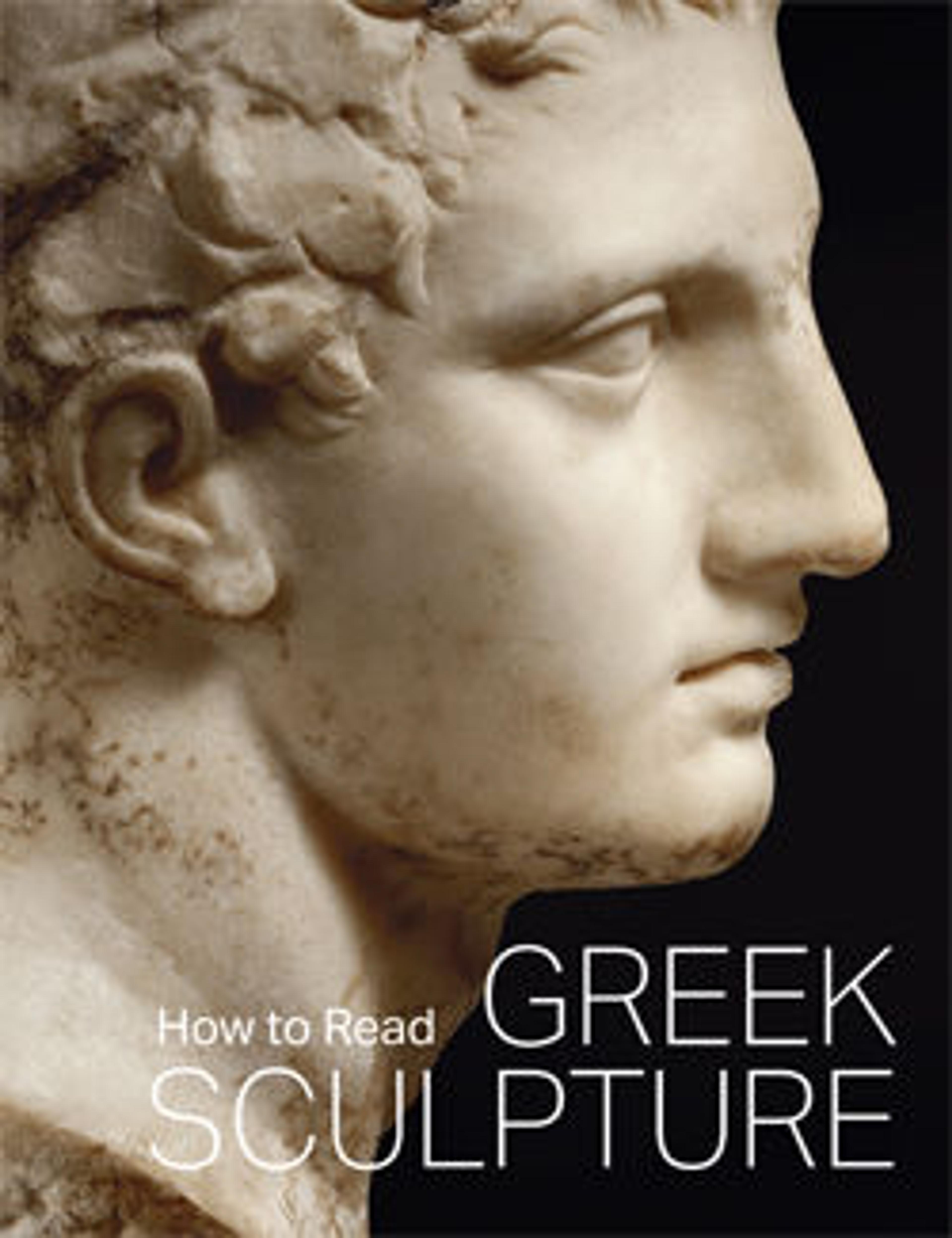Ancient Rome
Ancient Rome is a pendant to Modern Rome (on view nearby) and catalogs some of the city’s most famous monuments. Guidebooks and writings on art in the 1700s typically contrasted ancient and modern works in order to draw out their strengths and weaknesses. Like luxurious postcards, the paintings depicted here in miniature present a condensed itinerary of must-see sights. The comte de Stainville (later the duc de Choiseul), the French ambassador to Rome who commissioned this pair of canvases, appears at the center holding a guidebook; Panini included himself behind the chair. The Pantheon, the Colosseum, Trajan’s Column, and the Laocoön are among the sites depicted. To see a full list of the monuments represented, visit this object’s record at The Met website.
Artwork Details
- Title: Ancient Rome
- Artist: Giovanni Paolo Panini (Italian, Piacenza 1691–1765 Rome)
- Date: 1757
- Medium: Oil on canvas
- Dimensions: 67 3/4 x 90 1/2 in. (172.1 x 229.9 cm)
- Classification: Paintings
- Credit Line: Gwynne Andrews Fund, 1952
- Object Number: 52.63.1
- Curatorial Department: European Paintings
More Artwork
Research Resources
The Met provides unparalleled resources for research and welcomes an international community of students and scholars. The Met's Open Access API is where creators and researchers can connect to the The Met collection. Open Access data and public domain images are available for unrestricted commercial and noncommercial use without permission or fee.
To request images under copyright and other restrictions, please use this Image Request form.
Feedback
We continue to research and examine historical and cultural context for objects in The Met collection. If you have comments or questions about this object record, please contact us using the form below. The Museum looks forward to receiving your comments.
